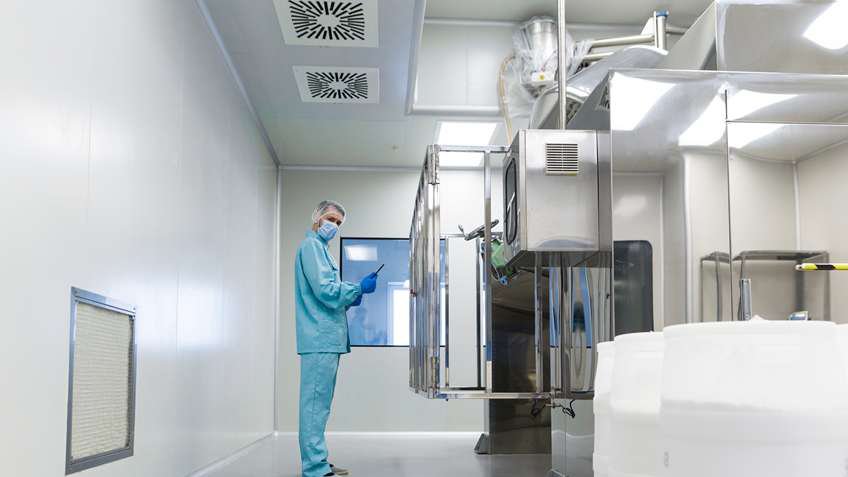Yet many pharmaceutical plants maintain multiple systems to control material and formulation processes – and to manage building and environmental conditions that impact product quality, such as pressure, temperature, humidity, and in some cases, particulate count. In existing plants, the control infrastructure often evolved in line with new regulatory mandates and became even more complex over time. The result is an environment where issues around event-time sequencing, data security, reporting and other essential functions are commonplace.
What’s the solution?
A single, integrated plant-wide control platform for process automation, environmental monitoring and building management. With a unified approach, the same functionality applied to process-control system validation is used to meet validation requirements for building automation. Today, many pharmaceutical companies are converting to unified platforms to ease compliance, reduce costs and enhance product quality in their existing facilities.
What are the steps to a successful upgrade?
Here are a few thoughts based on lessons learned during implementations for leading pharmaceutical companies.
- Planning. Planning. Planning. Really, the importance of planning cannot be overstated in any control system retrofit. And that’s especially the case in a regulated environment where maintaining productivity and compliance throughout the upgrade is crucial.
- Consider Virtualization. Implementing a validated unified solution across the enterprise is the first step to more efficient operation for years to come. And virtualization is a powerful way to improve the longevity, agility and reliability of distributed control systems (DCS). In fact, more life sciences companies are choosing virtualized environments to help future-proof their critical applications.
- Comprehensive Testing. Closely related to planning – and critically important – is testing. The more meticulously the system is tested, the shorter the cutover times will be during the implementation phase. For example, at Rockwell Automation, we use a comprehensive library of pre-engineered and pre-tested control modules to streamline validation – and also apply software simulation to thoroughly test the complete sequence of operation. Simulation is used both before the factory acceptance test (FAT) and during the FAT onsite.
- Smart Scheduling. A typical system retrofit could encompass hundreds of equipment systems – and thousands of I/O points. Therefore, establishing a realistic implementation schedule in line with allowable plant downtime is an important part of the plan. Oftentimes, our teams begin with systems that impact the entire plant. For instance, an efficient approach might start with the main energy management system, which typically includes air handlers, chillers and other equipment that affect operations across the board. Subsequent installations are planned based on criticality, number of I/O points and shutdown duration.
See how pharmaceutical company used smart scheduling, a modern DCS and a virtualized environment to unify its platforms. And learn more about a unified approach to building management systems for life sciences applications.



